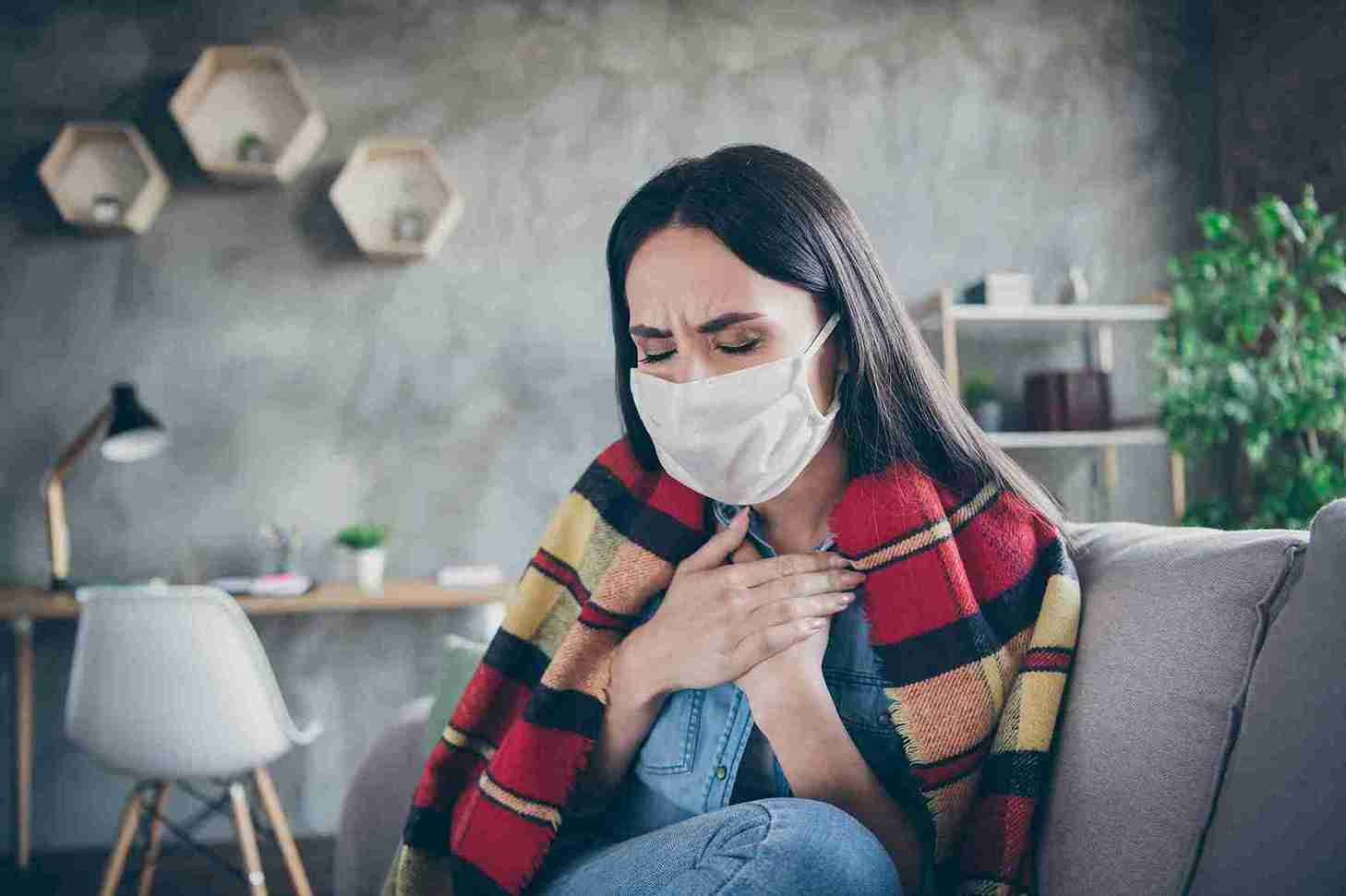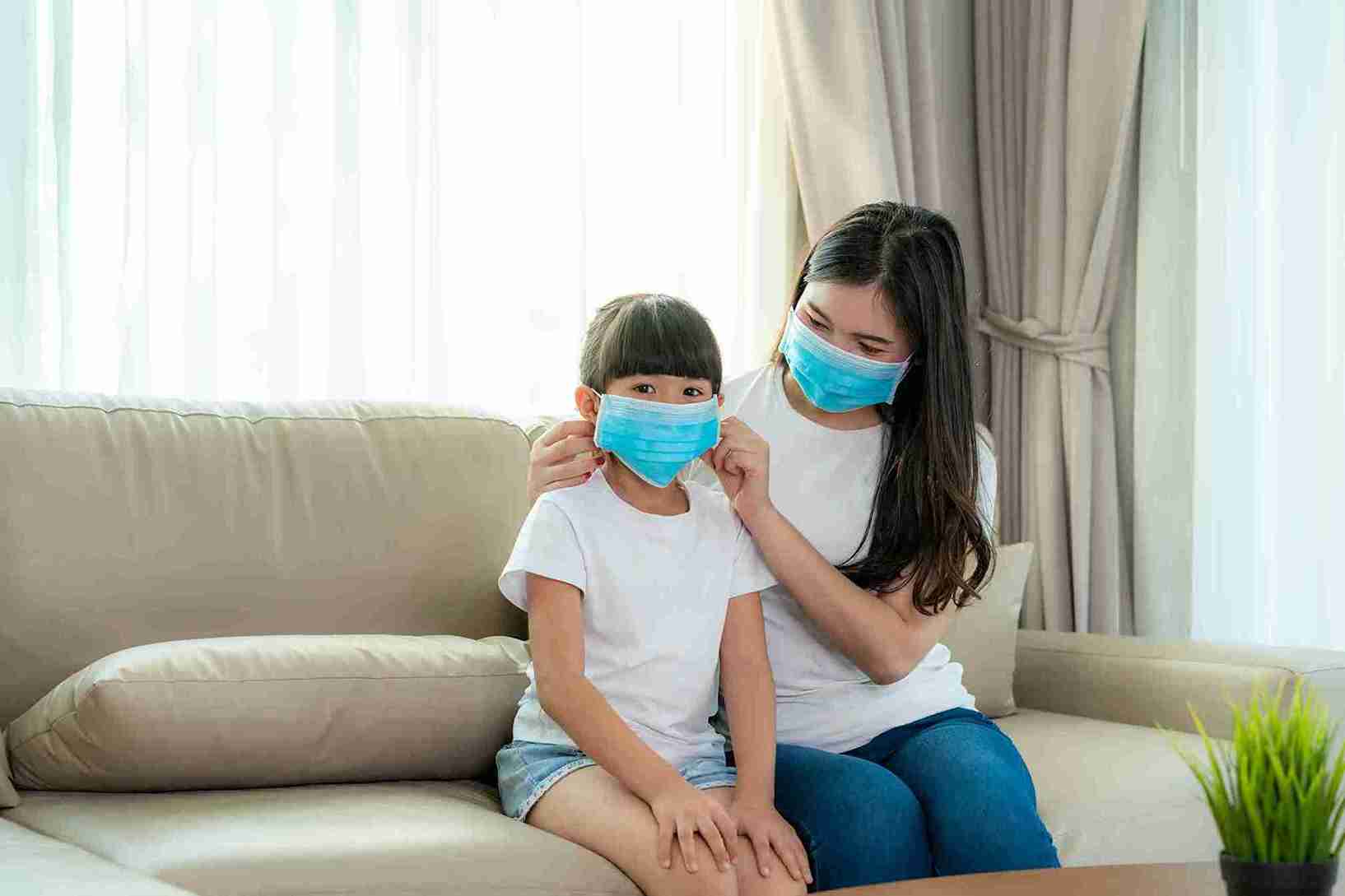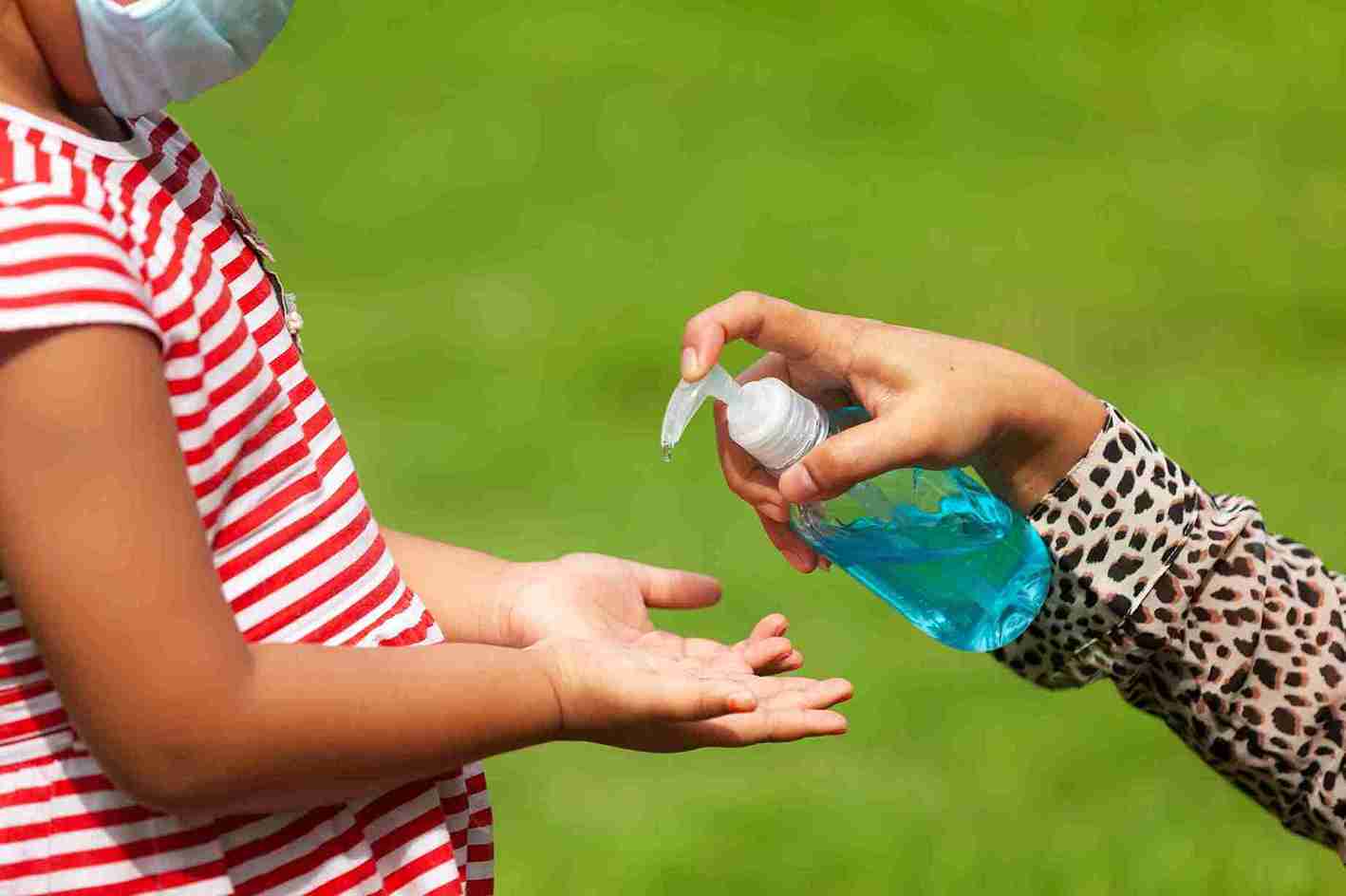
The recent COVID-19 pandemic was an eye-opener of sorts. Such worldwide pandemics highlighted the fact that there existed life-threatening viruses that could pose significant risks to the health of immune-compromised individuals, as well as the elderly and kids. In particular, it was the vulnerability of kids that sparked a renewed focus on respiratory health and infection control. Parents, caregivers and public health officials need to focus on proactive measures when there is an outbreak of such highly infectious diseases.
This article aims to give a deeper understanding of the impact of HMPV (Human Metapneumovirus) on children and to serve as a guide that will help during any outbreaks of this highly infectious disease. These HMPV prevention tips for parents and caregivers will become absolutely necessary whenever an outbreak is declared.

Human Metapneumovirus, or HMPV as it is usually called, is a virus that targets the respiratory tract. It is vital to understand that HMPV is not really a new virus. This virus was first identified by a group of Dutch researchers in 2001. Since that time, HMPV outbreaks have been reported from across the world. In fact, there have been several small HMPV outbreaks in India in the past. Similar to other diseases like dengue, HMPV is a common pathogen, with cases being reported almost every year in India, and there has not been any significant rise in the number of cases.
So, it is quite misleading when this virus gets the tag of being a “new and dangerous virus that originated in China”. It is without a doubt due to the fear and panic that the COVID-19 pandemic created when it was first reported worldwide. However, unlike the COVID-19 virus, HMPV infections usually result in mild, self-limiting respiratory infections that look similar to the common cold or flu. However, it is possible to have severe symptoms, so a level of alertness and caution is required when HMPV is diagnosed or when an outbreak is reported in the community.
HMPV can affect anyone, regardless of age or gender. However, there are a few specific groups that are more vulnerable than the rest, and these are:
1. Children, especially young infants and kids under the age of 5. Kids with chronic respiratory issues or weak immune systems are definitely more susceptible to HMPV infections.
2 Senior citizens, usually those who are above the age of 60.
3. People with a weak immune system, such as HIV-infected persons, organ transplant recipients, cancer patients, people prone to respiratory infections or chronic lung diseases like COPD, asthma, etc.
It is extremely vital that these vulnerable groups take proactive measures to safeguard themselves from any potential outbreaks of infectious diseases like HMPV.

HMPV spreads when there is direct contact with someone who has become infected with the HMPV virus or from touching things that have become contaminated with the virus.
In kids, HMPV spreads primarily through:
An infected kid is bound to cough or sneeze. When they do so, they end up releasing tiny droplets into the air. These droplets actually contain the virus. So, if there are any kids nearby, they could end up inhaling these infectious droplets and developing the disease.
Every kid is curious, and because of this curiosity, they are tempted to explore their environment at their home, school or playground. They will often touch items like toys, doorknobs and play equipment without taking any precautions. Unfortunately, if these items are contaminated with HMPV, the virus can easily transfer to a child's hands. When they touch their mouth, nose or eyes, they can become infected.
Being in close proximity to an infected child or adult, such as being in the same room, is yet another way this virus spreads. Toys may get shared, they may hold hands, or they may even hug and play with each other. Such close contact is a risk and must be avoided to safeguard the child’s health.
Children are definitely at risk when there is an outbreak of potentially fatal respiratory diseases like HMPV. Parents and caregivers are strongly advised to exercise caution and be alert when there is a significant rise in cases, and public health advisories are issued regarding HMPV. Here’s a brief look at some of the HMPV symptoms in children:
● Low-grade Fever
● Runny Nose
● Sore Throat
● Persistent Cough
● Nasal congestion (Stuffy Nose)
● High-grade fever
● Wheezing
● Tiredness
● Dehydration (Dry Mouth or Reduced Urination)
● Loss of Appetite
● Rapid Breathing
● Shortness of Breath
● Bronchiolitis or Pneumonia
The symptoms described above may vary according to the child's overall health. If the child begins exhibiting severe symptoms, we recommend immediate medical attention.
Unlike COVID-19, there is no vaccine for preventing HMPV in kids. So, the only way to ensure the safety of children is to take preventive measures and adopt precautionary strategies that prevent the HMPV virus from targeting kids. Here’s a list of measures that we recommend taking whenever there is a report of an HMPV outbreak in your community:

Children must be taught the importance of keeping their hands clean at all times. Teach them the proper way to wash their hands with water and soap. To ensure they wash their hands for at least 20 seconds, time it with a song or rhyme. Let them sing as they wash their hands. In situations where water or soap is unavailable, ensure a good alcohol-based sanitiser is provided to them.
Children need a balanced and healthy diet fortified with essential vitamins and minerals. They should include immune-boosting foods and ensure that they are well-hydrated. They should also maintain a good sleep schedule, as this helps regulate and repair the immune system.
The virus can survive for several hours on surfaces like toys and furniture. To stop the Human Metapneumovirus spread, routinely clean and disinfect toys, doorknobs, electronic devices and other surfaces that children frequently come into contact with.
Do not allow your children to associate with anyone displaying flu or common cold symptoms, including sneezing and coughing. If late winter and early spring are typically a time for more respiratory virus illnesses, consider restricting play dates and big gathering visits or spending time at congested shops or malls to protect the kids from HMPV exposure.

An HMPV outbreak can be concerning, but panic isn't the answer. In fact, it could do more harm than good and may even negatively impact your child. By staying informed about outbreaks, diligently practising good hygiene and being alert to your child's health, you can effectively protect them. Remember, proactive measures and a vigilant approach are key to minimising the impact of HMPV.

Yes, HMPV can spread through the air when droplets are released after an infected person sneezes or coughs.

The HMPV virus is thought to survive for several hours on contaminated surfaces

To prevent the transmission of HMPV in children, ensure that they practice good hygiene, never touch contaminated surfaces, and remain isolated from infected people.

To a reasonable extent, masks will help protect kids from the chance of inhaling droplets that were released when an infected person sneezed or coughed in close proximity.